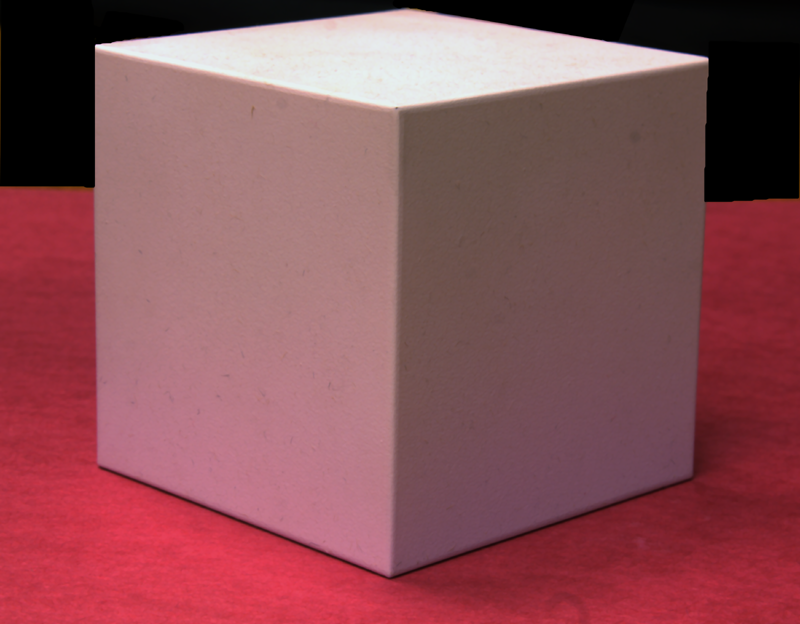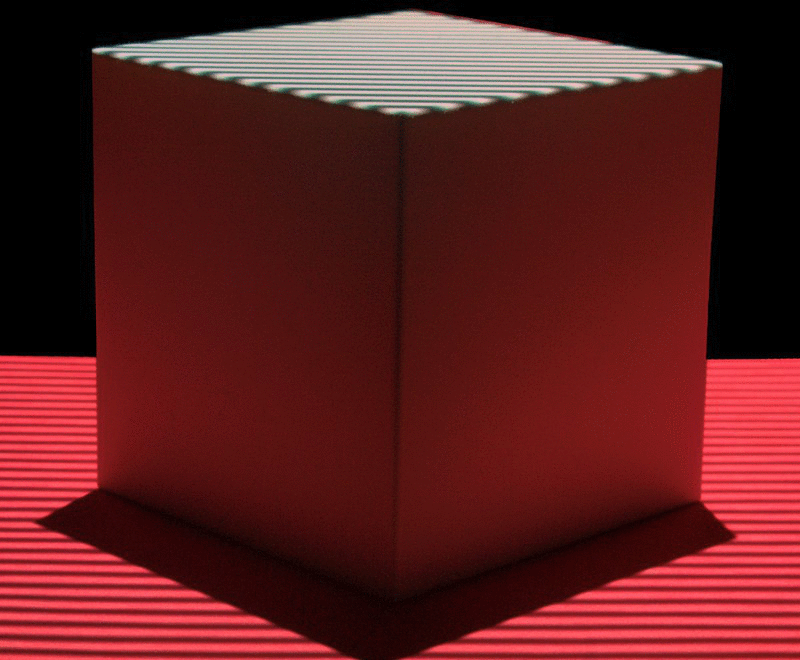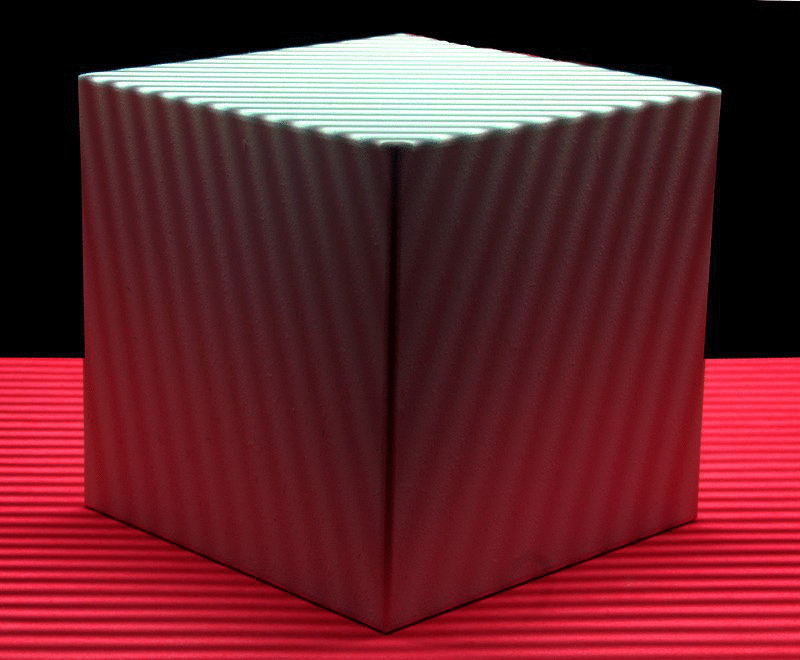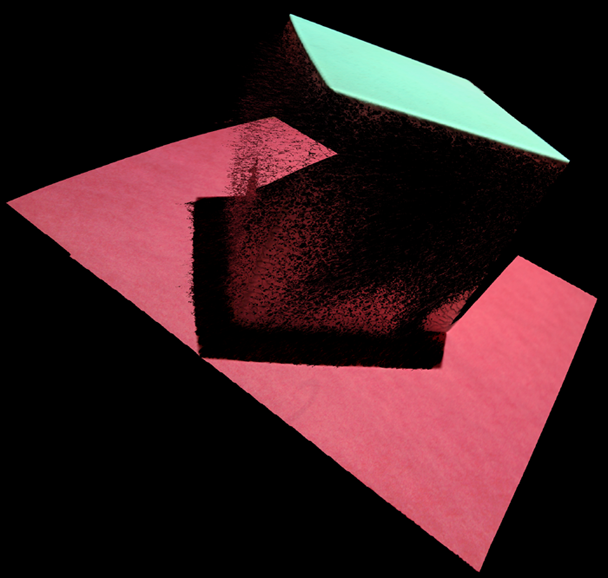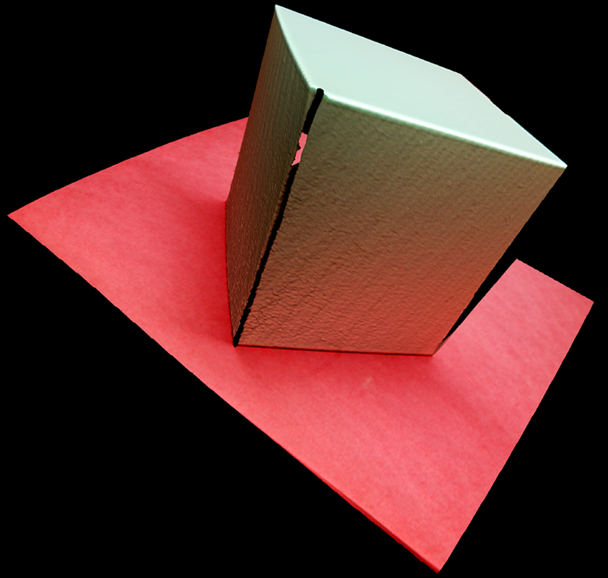3D Scanning in the Presence of Shadows |
Here, we show several examples of 3D scanning in the presence of shadows. In each case, the 3D scanning technique used was phase-shifting of sinusoidal patterns. By clicking on each of the thumbnail images shown below, you can see the corresponding high resolution image.
(Back to Main Project Page) |
|
| Fingerprint |
Method: Phase-Shifting
|
|
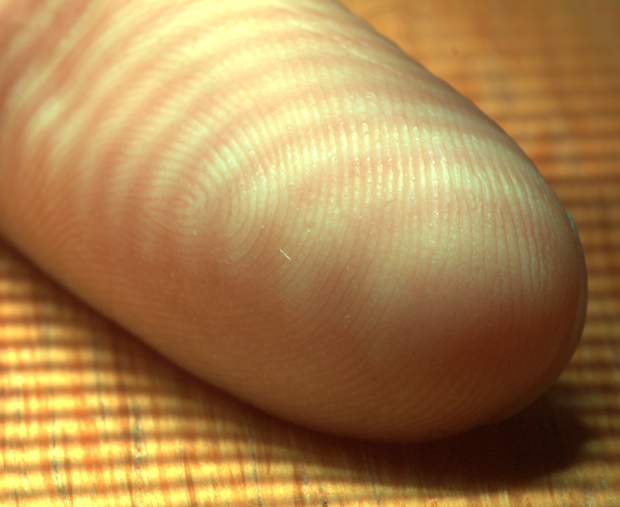 .
Scene
.
Scene |
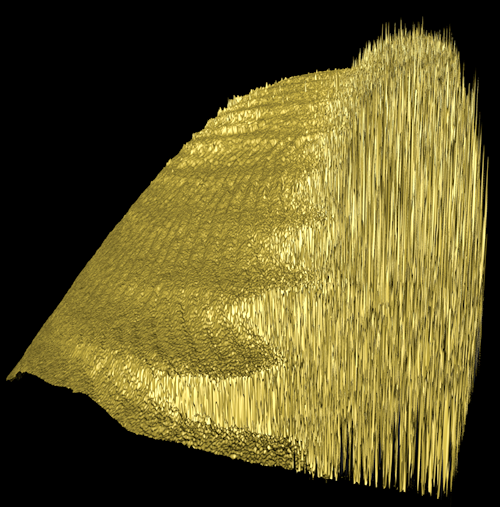 .
Conventional SL
.
Conventional SL |
 .
Diffuse SL
.
Diffuse SL |
| Here, the goal is to recover the 3D structure of the fingerprint. Without the diffuser, a large portion of the finger tip is in shadow, resulting in noisy reconstruction. With the diffuser, most of the finger receives illumination, resulting in an accurate reconstruction. Click on the thumbnails for higher resolution images. |
| |
|
|
| Pine Cone |
Method: Phase-Shifting
|
|
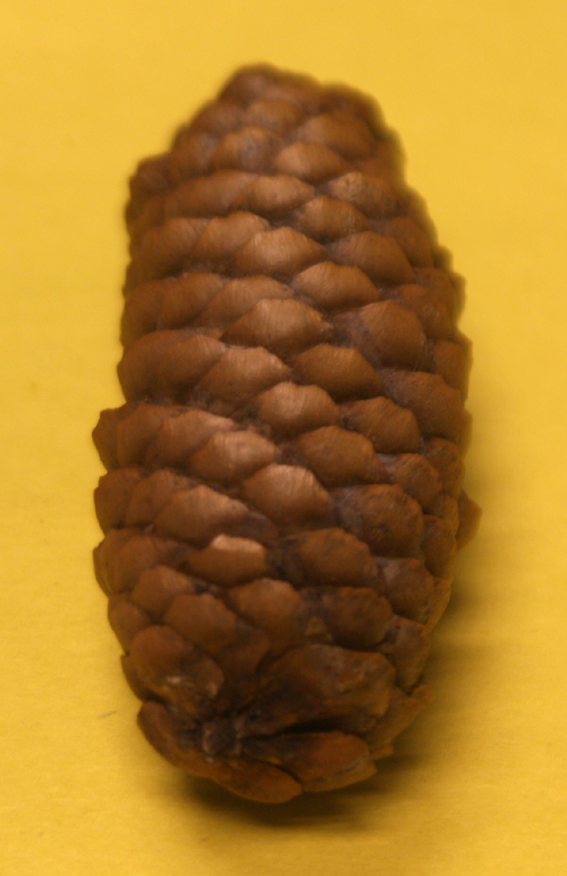 .
Scene
.
Scene |
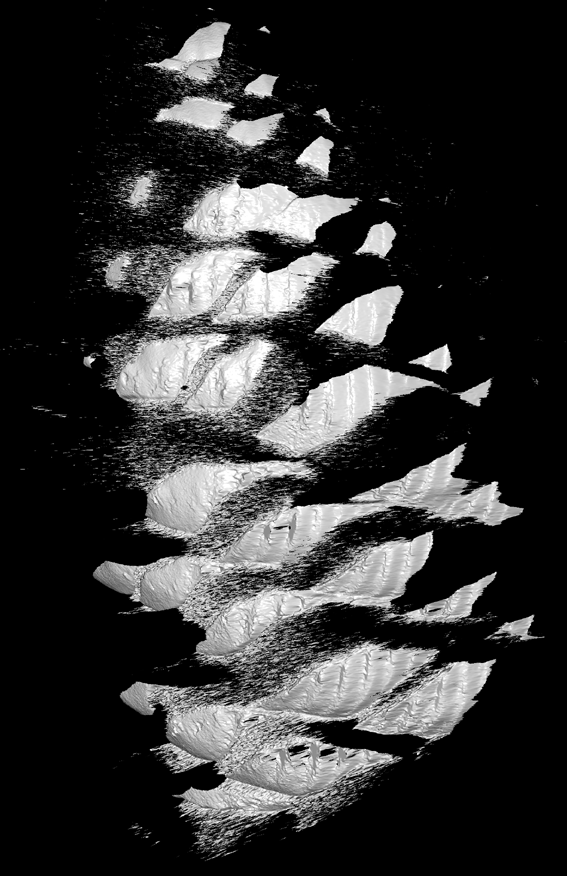 .
Conventional SL
.
Conventional SL |
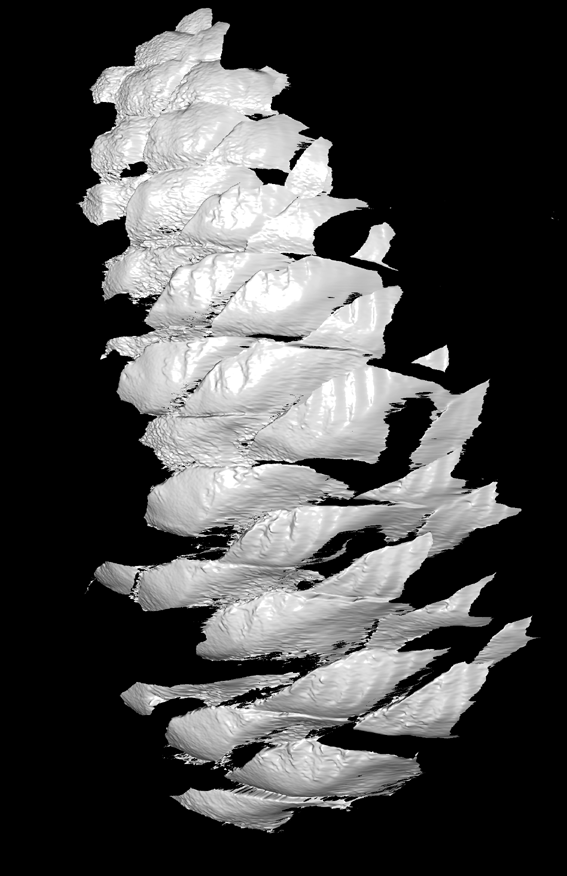 .
Diffuse SL
.
Diffuse SL |
| This example consists of a pine-cone. Due to its intricate shape, a large portion is in shadow with conventional SL. This results in holes in the reconstructed shape. With diffuse SL, a larger portion of the cone receives illumination. As a result, the reconstruction is more complete. |
| |
|
|
| |
|
